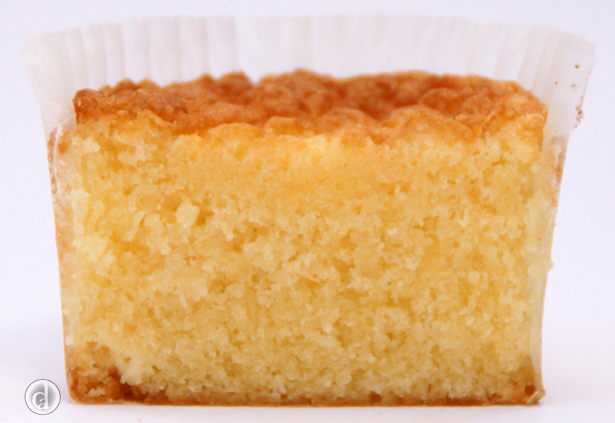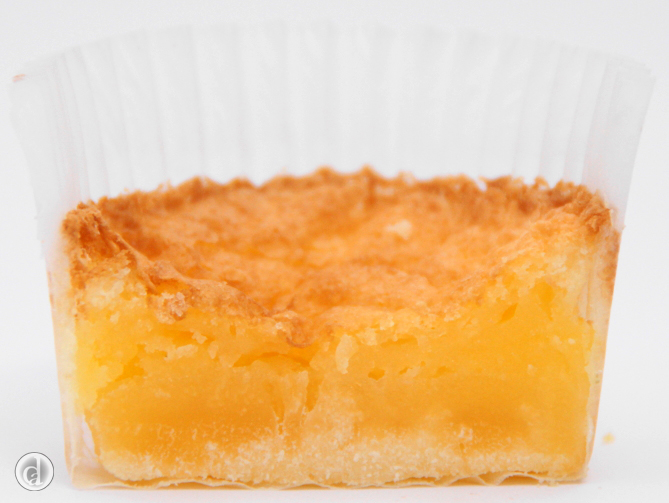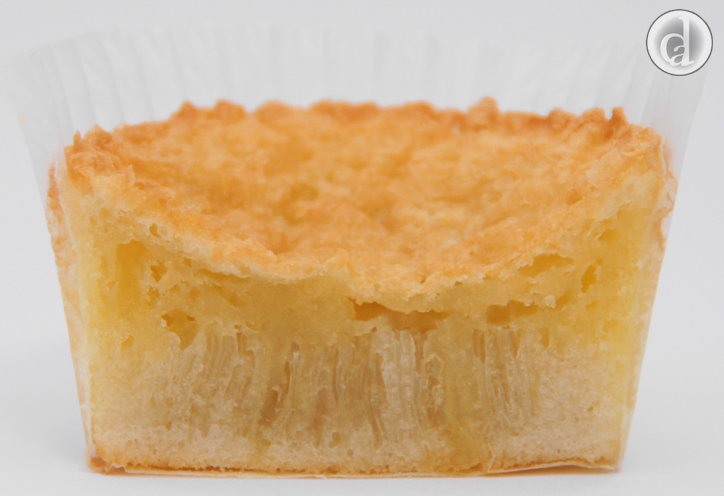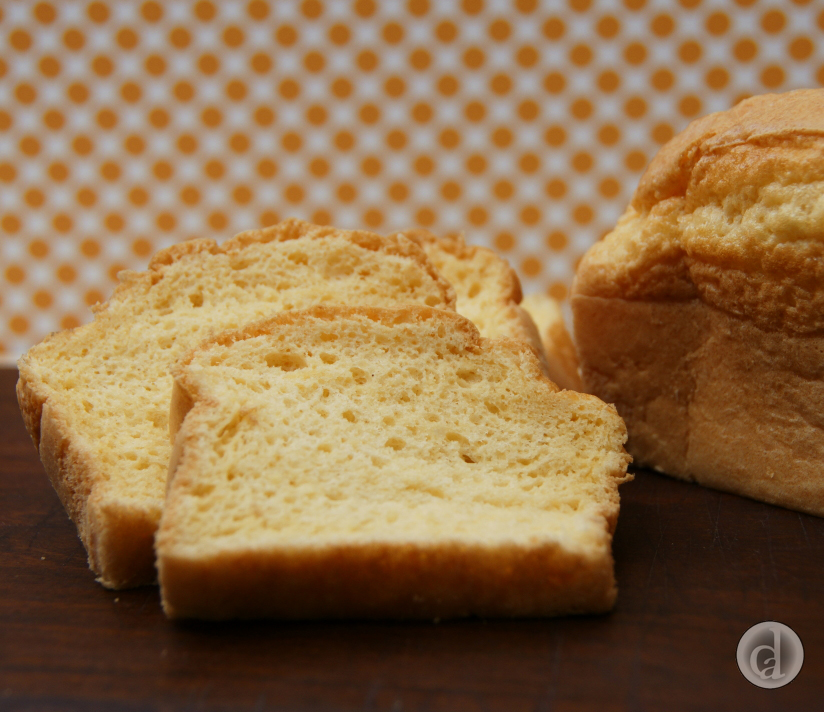Starches
Starch is a carbohydrate, more specifically it is a polysaccharide containing glucose (a single sugar - monosaccharide) units joined together. It is made by plants as an energy store and is a mixture of two different forms, amylose & amylopectin. Depending on the plant species the starch comes from there will be differences in the relative amounts of the two forms. For baking we really don't need to know about the different structures of the starches. What we need to know is how these different starches perform in baked goods.
Most plants will produce starch but only a few such as wheat starch, maize starch, potato starch, tapioca starch & arrowroot are readily available on the market. However, in Australia most of the “arrowroot” sold is in fact tapioca starch, although they are supposedly derived from different plants.
To avoid confusion between wheaten corn starch & corn starch made from corn I am calling the latter maize starch.
Basically there are 3 starches available for those on a gluten free diet; maize, potato & tapioca. We know they have slightly different characteristics. How can we see the differences? Whenever I buy a new gluten free flour (or flour mix) I put it through my cupcake stress test. I did the same for the 3 starches. My cupcake stress test involves making the cakes using a butter cake recipe that is close to sinking in the middle when made with wheat flour (photo below left). It doesn't sink but it would if it had a bit more butter or sugar or a little less flour. For comparison I have included a photo of one made with wheat starch (below right). It certainly doesn't look appetising. The main difference between wheat flour & wheat starch is the absence of protein in the latter.


As the starches (maize, potato & tapioca) do not contain protein the cupcakes should look similar to the one made with wheat starch. When I am accessing different flours/starches abilities for baking I usually run a few "tests" on them. In this particular case for cupcakes I; measure the height of the cupcake at the sides, measure the height of the cupcake in the middle (has it sunk?), taste the cupcake (I usually get the children to help me), assess whether the end result is moist or dry and look at its internal structure. You, dear reader, can't taste the cupcakes made from the gluten free starches but take my word for it they were pretty similar (a flavouring would have been nice). The following photos are of cupcakes made with maize, potato & tapioca starch.

Essentially the cupcake made with maize starch (photo above) has risen well & it hasn't sunk a great deal. Personally I think it is structurally better than the one made with wheat starch. The following photo is of the potato starch cupcake. We can see that it hasn't risen as much as the maize starch it has also sunk in the middle. In addition there is a harder layer at the base of the cupcake.

Last but not least is the tapioca starch cupcake (photo below). It actually rose more than the one made with potato starch but it did also sink. This cake was more gluggy than the others.

How does this help us in gluten free baking?
It helps in a couple of ways. For example if I wanted to make a cake with wheat starch I know I would need to add protein to "rescue" it. How do I know this? The main difference between the cakes (photos above) made with the wheat flour & wheat starch is the absence of protein in the latter. If I had another starch that behaved similarly to wheat starch for a particular recipe I could probably "rescue" it by adding protein. Protein that of course doesn't contain gluten! For this particular cupcake recipe I would choose maize starch. (BTW adding protein to maize starch does make a good cupcake)
If maize starch can be "rescued" it indicates that so too can potato & tapioca starch. Potato & tapioca starch may just need a little more help. Both of the cup cakes did rise - they just need something to help them stay there. Some people can't eat maize or potato starch which means that tapioca starch is one of their main options. The following photo is of a coconut flour & tapioca starch sponge bread I made. The texture is certainly different to the tapioca cupcake pictured above and no gums were used.

Another difference between the starch cupcakes is their moistness. Maize starch was the driest, followed by potato starch & then tapioca. If you are making your own gluten free mixes then the levels & type of starch used can be changed depending on the type of cake you are making. A heavy moist cake may contain more potato starch than a butter cake.
Alternatively if you are going to make a cake & you use gluten free premixes and you don't know which one to buy (there are so many available). Look at the list of ingredients on the packet. They should be listed in descending order of the amounts in the mix. Are potato starch & tapioca starch the main ingredients? Because if they are then there will probably be additional ingredients (gums, thickeners etc.) to ensure the flour can be used for making a cake. It will also depend on the type of cake you are making. Some people may be avoiding gums. If this is the case then a gluten free mix with maize starch as the primary ingredient could have less added gums. It would really depend on the individual company & how much they add to their specific gluten free mix(es).
